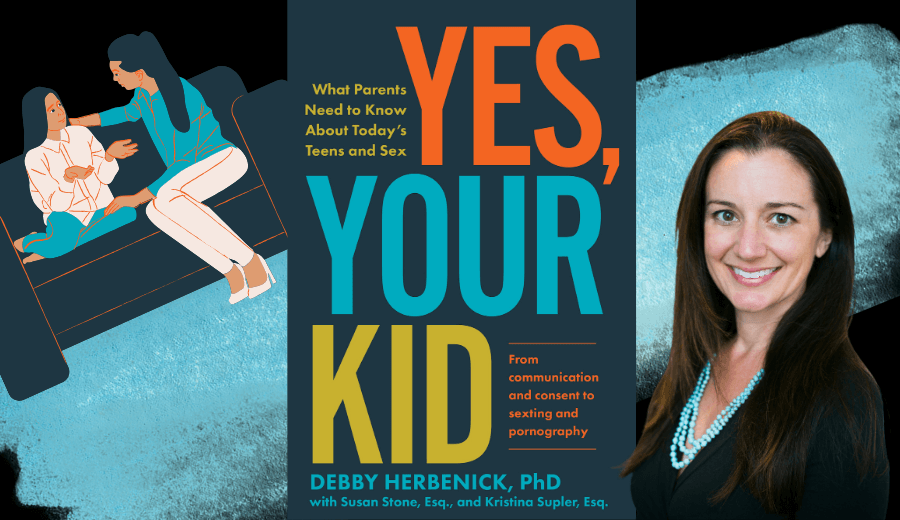

Worth sharing! What we know about human mating behavior from David Buss
Within evolutionary psychology, David Buss’s work has been critical in today’s understanding of human mating strategies. His work has focused on mate selection, attraction and retention tactics, infidelity, jealousy, and intimate partner violence. David Buss’s research started in the 80s and is ongoing, providing invaluable data that can directly impact clinicians attempting to understand human mating behavior. Of important notice is that some of the studies have been conducted on many different cultures, thus providing data that are, in many cases, universal.
We would like to encourage you to listen to a comprehensive interview that he gave with Andrew Huberman, which covers pretty much the most critical findings of his 40 years of research. The interview is open access, and IOSS has no financial or other relationship with it. We think it is essential for every sexologist, including those already familiar with Buss’s work, to watch. You can find it here https://www.youtube.com/watch?v=HXzTbCEqCJc.
Some of the points I jotted down are the following:
What attracts men and women
- Long-term relationships are rare in mammals (about 3-5%).
- Characteristics that both men and women are looking for in long-term relationships are intelligence, kindness, mutual attraction, good health, dependability, and emotional stability. These were quite universal.
- Women interested in long-term relationships are attracted to qualities associated with resource acquisition, good earning capacity, older age, and the attention that the man attracts from others.
- Men interested in long-term relationships find physical attractiveness very important, probably because it is associated with good health and fertility.
- Women’s attraction to men is more context-specific and varies more across contexts than men’s to women. For example, a man holding a central role and receiving much attention at a conference is more attractive than being seen in a neutral context.
- Physical attractiveness is more important for women seeking a sexual partner than a long-term mate.
- Women are more likely to prioritize ‘bad boy qualities’ in short-term mates, whereas in long-term mating, they prioritize ‘good dad qualities.’
- In short-term mating, women use the mate copying heuristic, where a man’s attractiveness is judged differently based on how attractive other women perceive him.
How do men and women deceive to attract a mate?
- The costs of making a bad mating choice are higher for women than men, but the benefits of making a good choice are more impactful for women than men.
- Men and women often deceive about their motivation to attract a mate. For example, men tend to exacerbate the depths of their feelings for women, how similar they are, and how aligned they are in their values.
- Modern internet dating opened the door for certain types of deception that were at a minimum or were difficult to accomplish ancestrally. For example, think of photoshopping.
Why do men and women cheat?
- Motivation for infidelity is different for men and women. Men are usually motivated by sexual novelty seeking, whereas women’s reason for cheating is related to unhappiness and low sexual satisfaction in the primary relationship.
- The mate-switching hypothesis suggests that women’s infidelity is aimed at switching to another partner.
- Infidelity can be sexual, emotional, and financial.
- Financial infidelity is about holding secret resources or about expenditures that are kept from the partner. About 30-60% reported financial infidelity.
- Across cultures, men are more bothered by their partners committing sexual infidelity, and women are more bothered by their partners committing emotional infidelity.
Mate value and jealousy
- Jealousy used to be regarded as a sign of immaturity, but research has led to it being understood as a defense to a valued relationship when threatened.
- Sexual jealousy is experienced more by men and emotional jealousy more by women.
- Mate value refers to one’s importance in the mating ‘market’. Mate value discrepancy refers to the difference in mate value between partners.
- Male intimate partner violence is often triggered by mate value discrepancy.
Sexual violence and the dark triad
- Verbal violence often predicts physical violence. Men use both as ways to reduce the partner’s self-perceived mate value.
- Women’s violence is triggered in self-defense or when outraged because of infidelity.
- The dark triad is a combination of narcissism (sense of grandiosity and entitlement), Machiavellism (using exploitive social strategies), and psychopathy (lack of empathy).
- The dark triad is often seen in men who seem charming but are likely to be sexually coercive and deceivers.
Close cooperation between evolutionary psychology and neurosciences is expected to be fruitful soon.
We are certainly looking forward to more fascinating data explaining human mating behavior.
Evie Kirana





